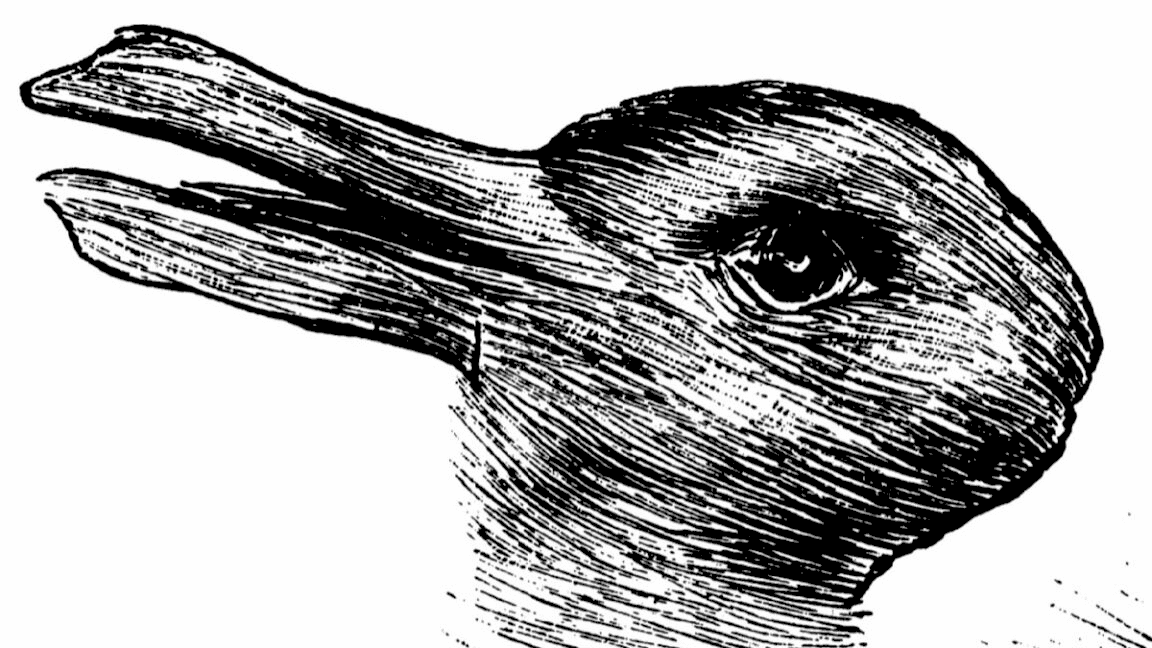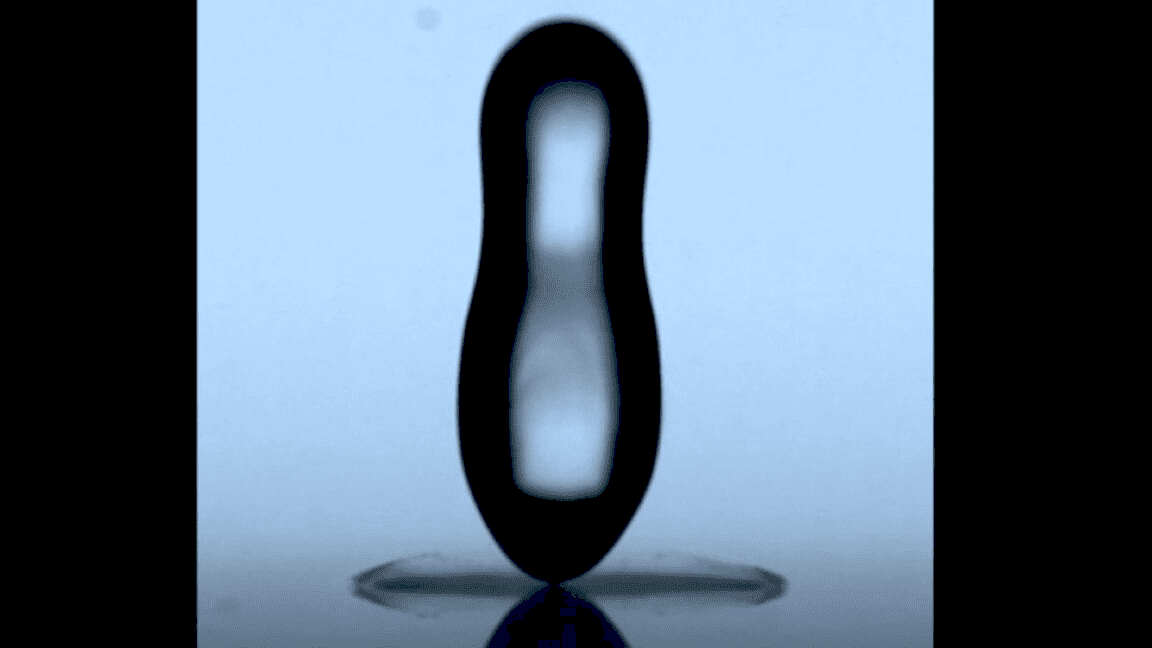In a world where personality quizzes flood our social media feeds, a new trend has emerged: tests based on ambiguous images that reveal insights into our character. These images, which can depict two distinct perspectives—like a young girl or an old man—are thought to reflect personality traits based on what the viewer sees first. For example, if you spot the young girl first, you might be labeled as optimistic and impulsive. Conversely, seeing the old man first suggests qualities of honesty and goal-orientation.
However, a recent study published in the journal PeerJ casts doubt on the scientific validity of these personality tests, branding them as a modern psychological myth. The authors did note some intriguing correlations worth investigating further, but no substantial evidence supports the claims made by these quizzes.
The concept of ambiguous images isn’t new. The earliest known example, the “rabbit-duck illusion,” appeared in a German humor magazine in 1892. Such images exploit peculiarities of human perception, creating ambiguity through techniques like illusory contours.
These images have long captured the fascination of scientists and philosophers, prompting numerous studies to explore their links to various psychological, sociological, and biological traits. For instance, a 2010 study found that men tend to see ducks more often than women, while older individuals are more likely to view rabbits. Another study in 2018 revealed that older participants tend to estimate higher ages for women depicted in ambiguous images.
As we continue to engage with these personality tests, the question remains: are they insightful reflections of our psyche, or merely a whimsical distraction?





